It’s not simple to pick the best monitors for color grading. This article will review the top color grading monitors, as well as their characteristics, performance, advantages, and disadvantages so that a buyer can make an informed selection.
Color is important and influential to every graphic designer, photographer, filmmaker, and visual artist. The technique of enhancing the look of a picture is known as color grading. Motion films, still photographs, and professionally produced videos all employ color grading monitors.
Get the desired impact, ambiance, or emotion, you may add or subtract particular colors. Advertisers and filmmakers, for example, are well aware of it. So you’ll need the correct tools to implement the right colors.
You’ll need a monitor that’s specifically designed for color grading. In light of this, we’ve included extra information about color grading and product reviews below.
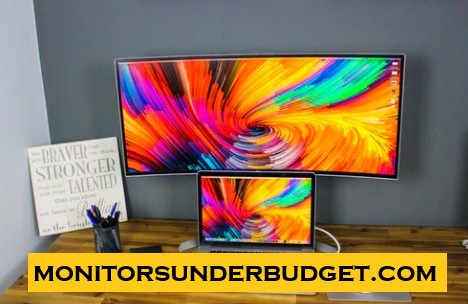
If you’re looking for the best monitor for color grading, you’ll want to locate one that’s suited to your unique requirements.
Reviews on the Best Monitors for Color Grading:
Graphic designers and photographers are the people who require a color grading monitor. People buy color grading monitors because they want to get as near to pixels as possible.
It is strongly advised that the professional get equipment for their job that will assist them in producing the greatest graphic work possible.
I’ve listed the best monitors for color grading below so you can make a good choice about which one will work best.
1. Philips 276E9QDSB 27 Inches Frameless Monitor
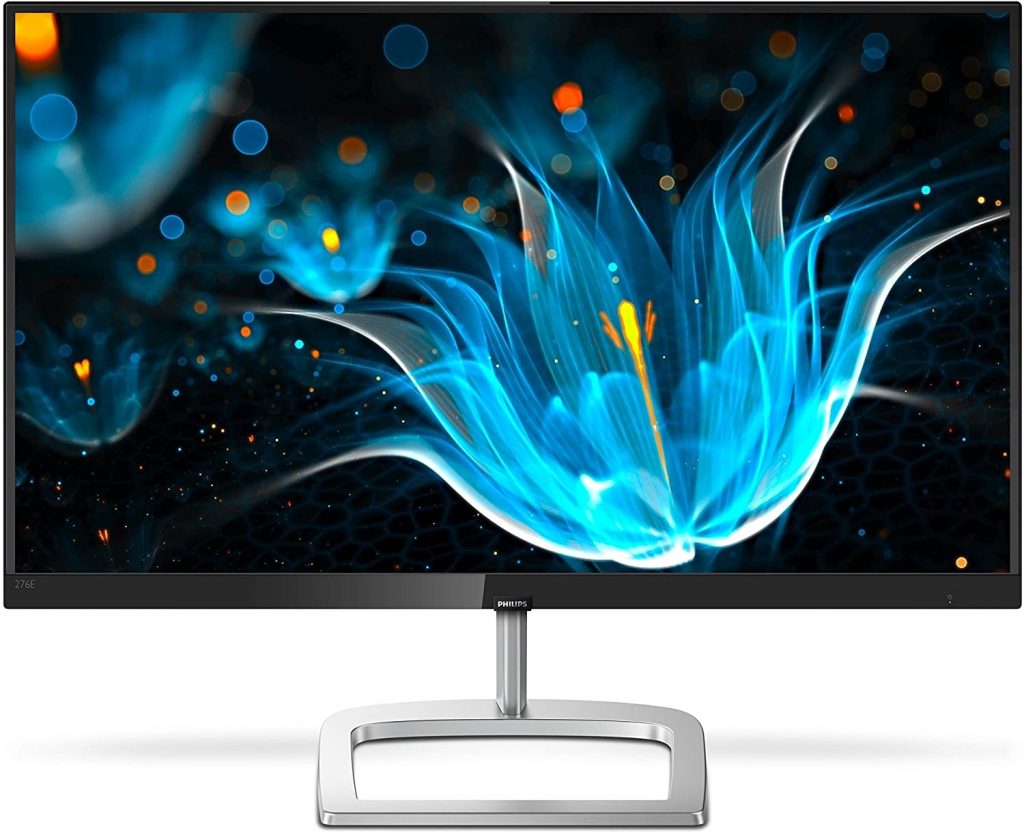
Philips’ newest E-line displays provide brilliant color and a modern design. The E276E9QDSB is a 27-inch Full HD monitor that offers excellent visual quality. Ultra Wide-Color Technology enhances media pleasure, photography, and even work.
The IPS panel, in combination with Philips Ultra Wide-Color technology, produces natural-looking greens, bright reds, and deeper blues with a color spectrum of up to 129 percent sRGB. It is the best budget monitor for color grading.
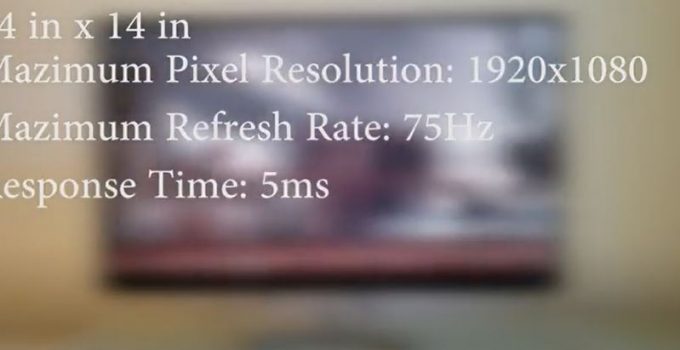
The new Philips displays have ultra-narrow borders, which means there are fewer distractions and a larger viewing area. The ultra-narrow border display offers you the sense of utilizing one enormous panel, which is ideal for multi-display or tiling setups like graphic design and professional applications.
IPS displays provide incredibly clear pictures with vibrant colors, making them perfect for photos and professional applications that need color accuracy and constant brightness.
2. ViewSonic 32 Inches Widescreen IPS Monitor
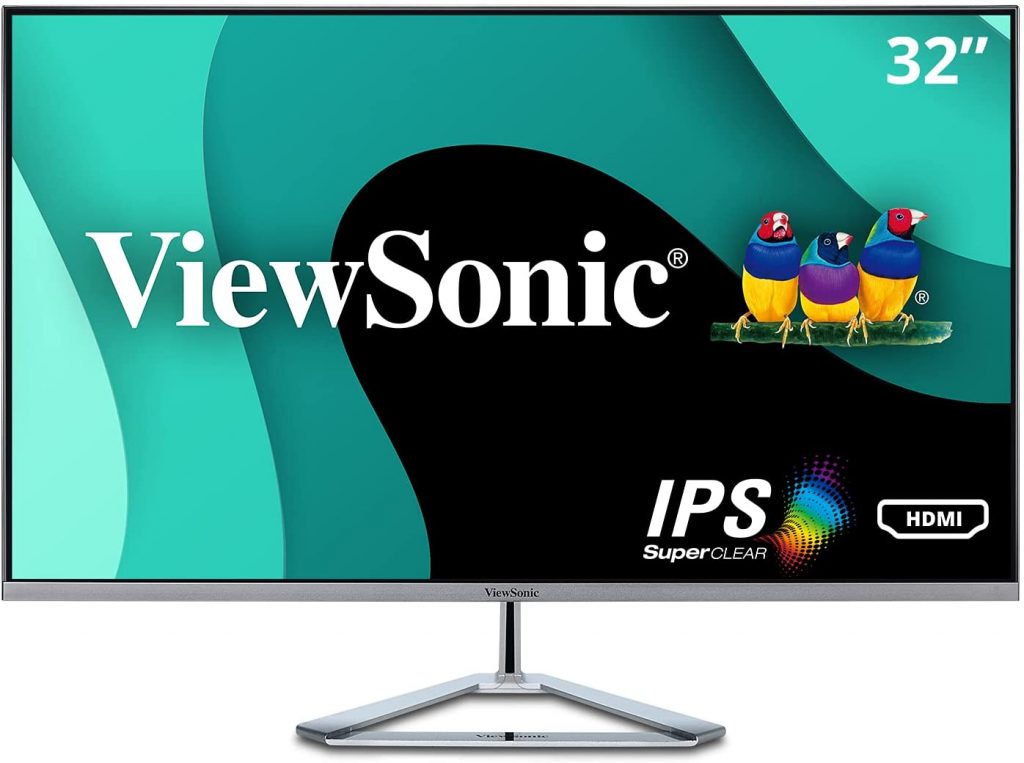
For a magnificent viewing experience, this VX3276-MHD display has an extremely narrow panel. This monitor’s elegant design allows it to blend in with any environment. It is the best portable monitor for color grading.
ViewSonic has super clear IPS panel technology for best-in-class screen performance and ultra-wide viewing angles. The sleek edge-to-edge frameless design delivers an immersive viewing experience for home entertainment, multimedia applications, and office productivity when coupled with vibrant 1920×1080 resolution and two speakers.
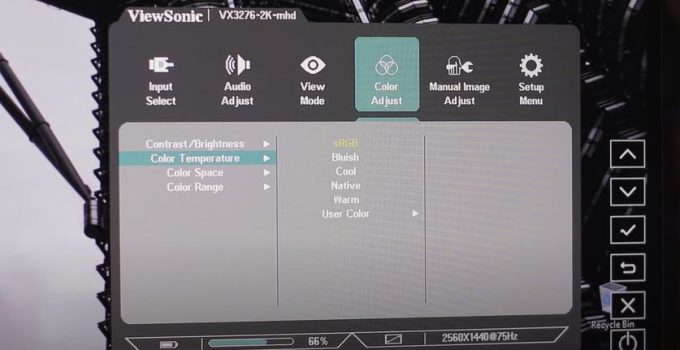
ViewSonic’s distinctive view mode function gives straightforward settings for improved screen performance in diverse applications, while HDMI, DisplayPort, and VGA inputs enable versatile connectivity choices for both computer and gaming scenarios.
It comes with a built-in split-screen capability that allows you to simply expand your working project. You may evaluate its performance for many sorts of office jobs, such as CAD or color grading, due to its optimum viewing setting and loud suitable Dual Integrated Speakers.
3. ASUS ProArt Display 27 Inches Monitor
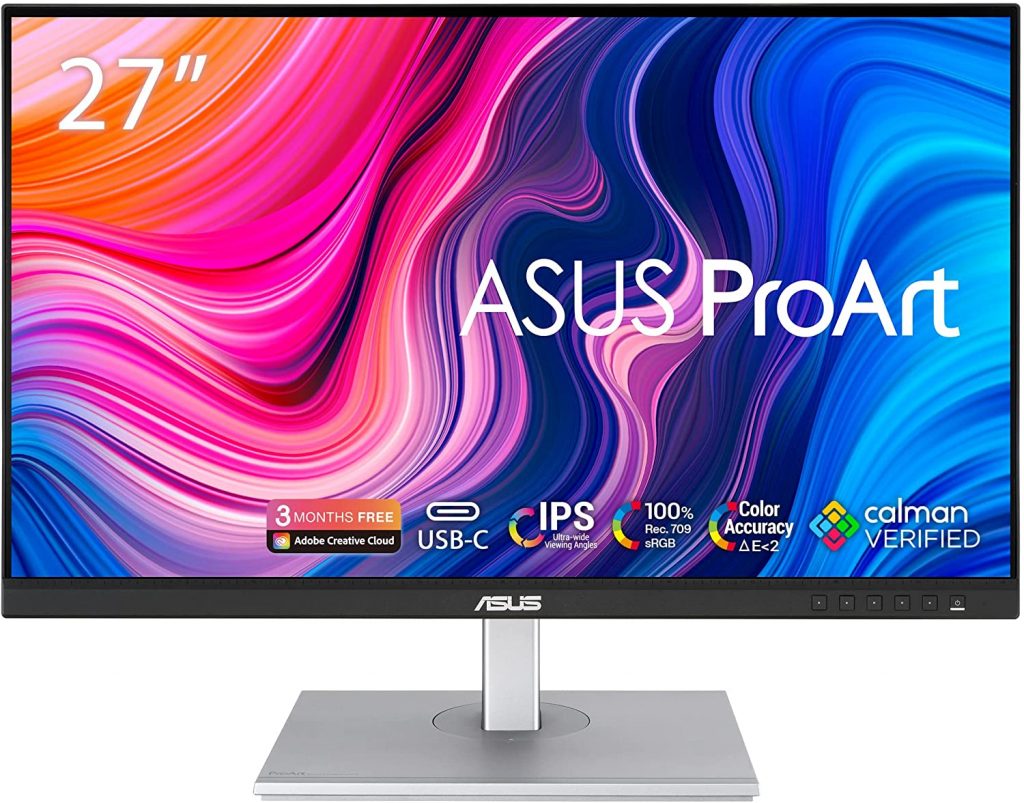
The ASUS ProArt PA278CV has a strong feature list, and the higher-end mini-LED HDR versions have a similarly strong price tag. When it comes to choosing a more reasonable alternative in the range, the ProArt PA278CV looks to be your best chance right now.
The 6-axis color adjustment functionality allows advanced users to change saturation and hue values. Create your own color palette depending on your requirements.
The ergonomically built stand makes viewing and using the device more pleasant. Reduced on-screen flicker provides a more pleasant viewing experience and works environment, reducing eye strain, headaches, and tiredness.
With the ASUS QuickFit Virtual Scale, you can save time and work smarter. This innovative feature adds a grid to the screen, allowing you to align and examine documents in their true proportions before printing.
4. BenQ PD2700U 27 Inches 4K Monitor
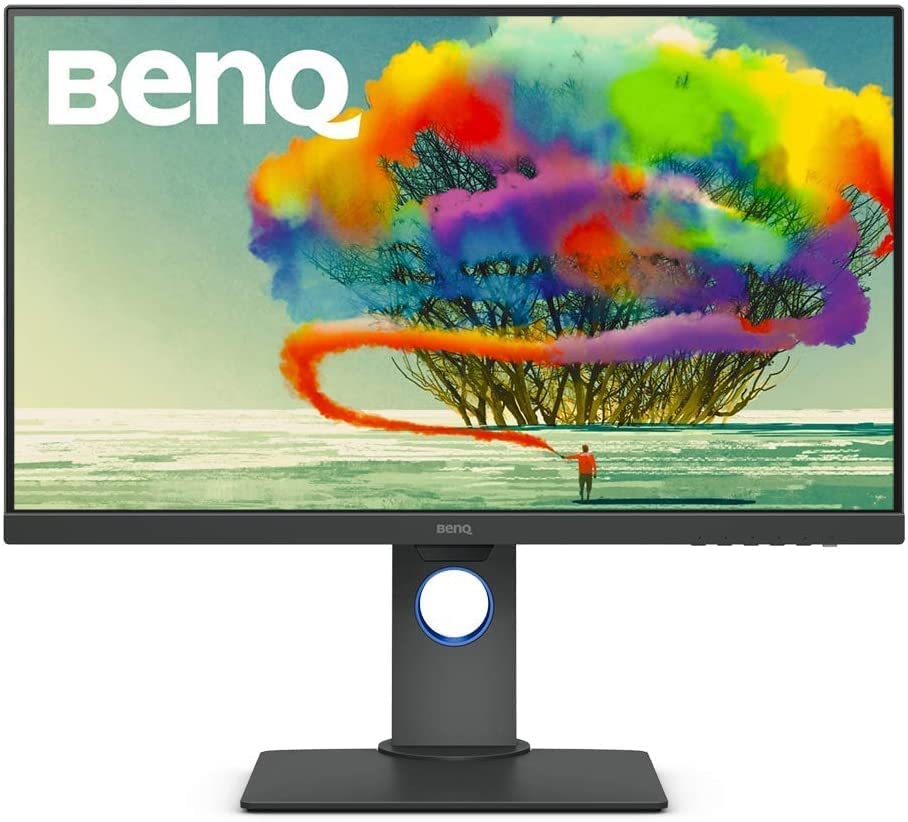
BenQ PD2700U is the best 4K monitor for color grading. Experience color as nature intended with BenQ’s unique AQCOLOR technology and 4K UHD resolution. The 4K UHD (3840×2160) resolution provides exceptional detail clarity.
This monitor brings out the finest in animation, visual effects, graphics, and photographs. Color confidence is essential for creative workers, and BenQ delivers. With an outstanding Delta E 3 value, the PD2700U covers 100% of the sRGB and Rec. 709 color schemes.
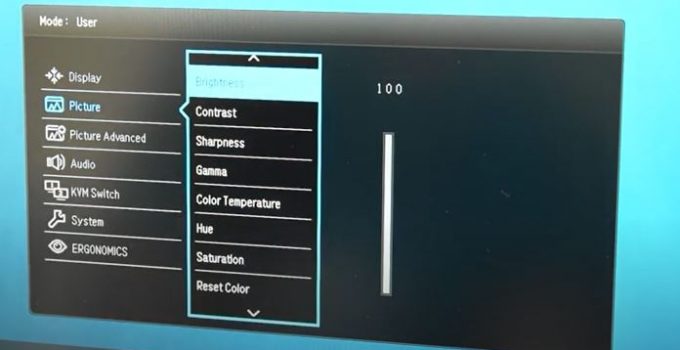
It is factory calibrated and comes with its own calibration report. Have faith in your choice of hue. For a better final product, content providers may preview HDR video footage while editing. The monitor from BenQ features tailored display settings for professional results.
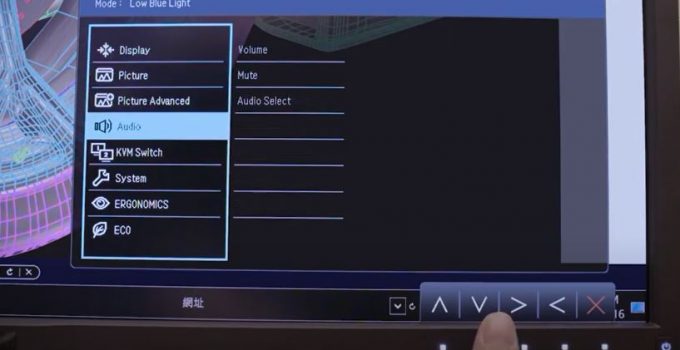
Longer durations of usage are more comfortable with BenQ’s industry-leading eye care. Low Blue Light Technology reduces eye strain and discomfort by filtering harmful blue light. Flicker-free lowers eye strain by eliminating flickering at all light settings.
5. SAMSUNG UE57 Series 28-Inch 4K Monitor
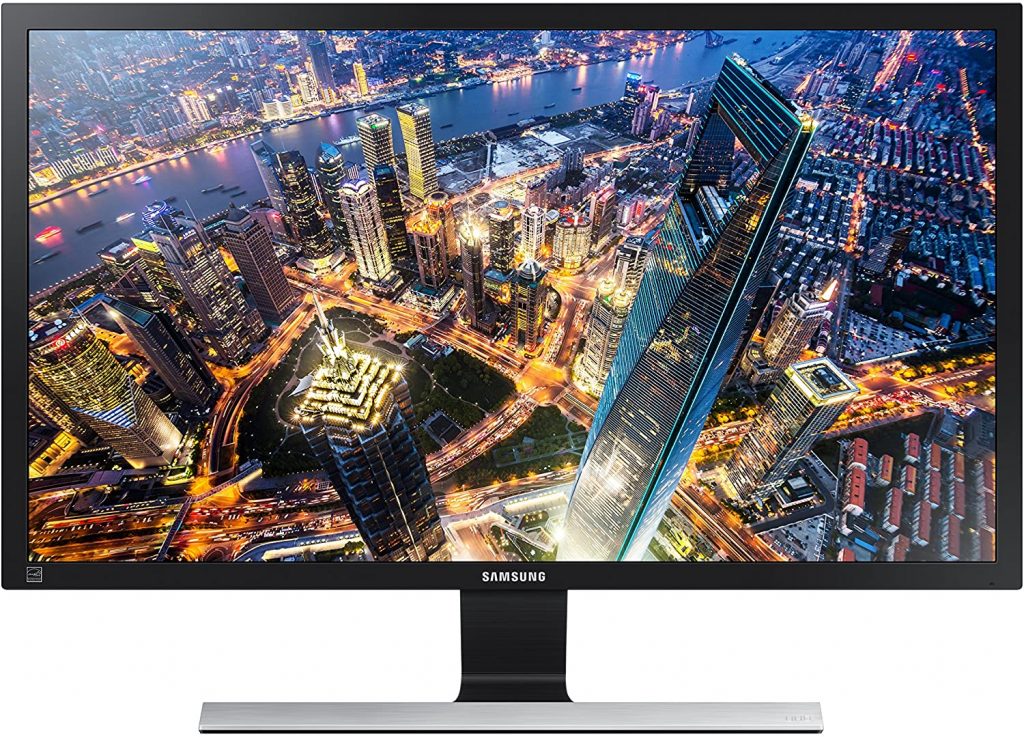
This is another strong addition to the list. It’s a bouncy ace that’ll keep your work moving along at a good clip. You get the 4K display and 28″ inches of screen with an amazing look, and the delicate T-shaped stand makes it even lovelier. It creates breathtaking visuals with an incredible 8 million pixels for unrivaled realism.
Experience the latest 4K entertainment with incredible lifelike realism that will help you feel as if you are there. This ultra-high-definition display boasts 1 billion colors, which is 64 times more than regular monitors. This implies that movies, games, and other multimedia products seem to be incredibly realistic, detailed, and natural-looking.
For a richer, more realistic image, more colors enable a smoother transition between different tones. At the press of a button, Eye Saver Mode enhances your viewing comfort by decreasing blue light emissions and flickers.
For longer lengths of time, read papers, play games, watch movies, and edit images, you may enjoy a more comfortable, pleasant vision without worrying about eye strain or weariness.
You have 2 x HDMI v2.0 and Display Port for enhanced communication along with outstanding images. Its user-friendly designed design, along with eye care technology and a flicker-free screen, decreases strain, which might risk the entire working period.
6. Dell UltraSharp U2719D LED Display
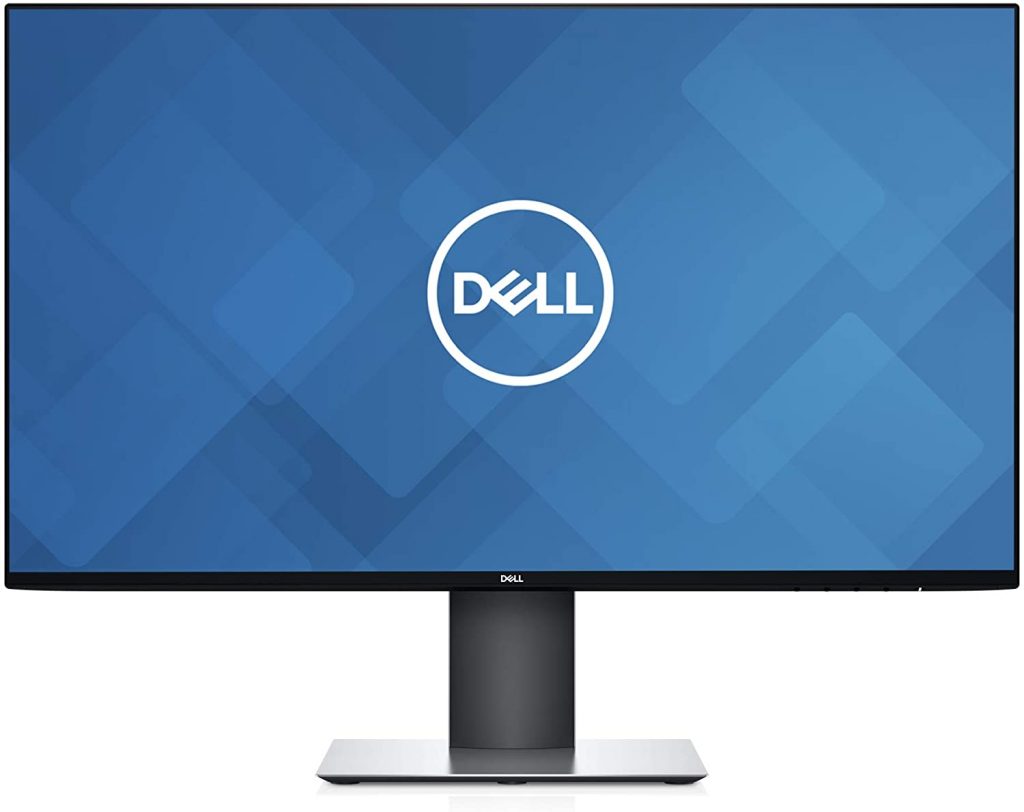
The best product is the one that excels at a certain task. Dell has long been known for its superior display quality. Dell’s series monitors are the finest choice if you want a suitable display for your everyday color grading job.
Its skilled approach is demonstrated by the fact that you may pick up 1.77 times more precise and detailed material. The ultra-sharp monitor’s coloration, as well as the 99 percent Rec709 and 85 percent DCI-P3 color gamut coverage, add to the good outlook.
With the 27-inch large screen, delicate and amazing features, and QHD Wide 1440p and 2560 X 1440 resolution, you are authorized to have the exquisite output.
Because of the 60Hz and adaptive construction design, you can buy it with satisfaction. You can adjust the hinge, tilt, swivel, and height to suit your preferences and needs.
Time spent staring at a screen might damage your eyesight significantly. This LCD panel has a precisely integrated design that features Eye Care technology.
Buying Guide for the Best Monitors for Color Grading
The process of enhancing the look of images for display in various situations and on various devices is known as color grading. Whether for motion pictures, videos, or still photos, several visual properties such as contrast, color, saturation, clarity, black level, and white point may be improved.
You should know a few things before purchasing a monitor for color grading. If you don’t, you may be unable to select a product that meets your demands while still being cost-effective.
Before buying a color grading monitor, there are a few things to consider:
Color EnhancementColor grading monitors, like Adobe RGB, offer a large floor gamut. These monitors are suitable because, in comparison to older monitors, they provide much sharper color details.
When purchasing a color grading monitor, look for one with a 10-bit standard, as this boosts the dynamic range. As a result, using 10-bit color to boost the dynamic range is recommended.
However, in terms of total colors available (16 million), these monitors only generate around 1/4 of what the human eye can perceive, and they won’t adequately replicate delicate gradations like skin tones or shadows.
Types of PanelsWhen working with color grading monitors, you’ll need one with IPS LCD screens. These panels provide professionals with a greater viewing angle and even support their professional color schemes.
OLED monitors have excellent contrast ratios and strong brightness levels. They also support professional color systems like Adobe RGB and DCI-P3, so photos don’t have to be converted before being edited.
Brightness, high contrast ratios, genuine black levels, and high levels are all characteristics of OLED displays.
Gamma and GamutTo ensure proper presentation, it works with the entire gamut of hues as well as Luma capabilities. Adobe RGB is now the most prevalent, however, some monitors are equipped with DCI-P3 and Rec 709 or 2020 ratings.
The majority of today’s displays fit into one of three categories: Adobe RGB, DCI-P3, or Rec 709. While most post-production pros will use Adobe RGB or DCI-P3 monitors, those working in video games may benefit from one that supports Rec 709.
Resolution of the ScreenThe monitor’s resolution is really essential. It’s one of the most important features of the finest displays. On high-resolution displays, color grading and editing become easier and more pleasant.
To begin with, such displays have a 2K screen resolution. However, if you’re looking for a current 3K, or vivid 4K display, this is the greatest option.
CalibrationWhen working on graphics, experts don’t simply use one program; they use many apps and need to adjust their monitor. This may be accomplished using both built-in and specialized applications.
This problem is even handled by professionals using an external probe. If it’s an excellent color grading monitor, it’ll provide more calibration adjustment choices, putting the expert at rest.
HDRHigh dynamic range (HDR) monitors are ideal for color grading since they boost color intensity and dynamic contrast ratio.
Many of these monitors are likely to be more expensive than those without this technology, but they’re well worth the money because they make your life so much simpler.
This is true, especially if you work in photography or video creation, but an HD display is beneficial to everyone.
Size of the ScreenA color grading monitor’s screen size is determined by the amount of space available to the professional. It also depends on the monitor’s viewing distance. Color grading monitors in the 19-to-32-inch range are the most common.
Connectivity FeaturesWhen it comes to color grading monitors, connectivity is critical. You want a monitor with the most connectivity possibilities so that you can work more efficiently.
A loop output port is essential since it feeds the signal from the built-in screen to a larger display, such as a computer or television.
Other capabilities such as Thunderbolt, optical variants, HDMI 2.0, and I/O choices might enable you to divide audio between external speakers and the built-in speaker on your display.
Dual Monitor ConfigurationIf you’re editing in one window or utilizing one monitor for color grading and the other for editing, make sure your color grading monitor has its card.
If you don’t want to utilize an external monitor, you can produce the color from your NLE system.
With this configuration, no wires are required because all of the connections are created using software settings onscreen.
Black LevelsColorists require black details on their screens when working on graphics, not muddy greys. When the colorist sees such muddy greys on the screen, it may be quite frustrating. Such options exist on color grading monitors, and they can have a significant influence on the monitor’s contrast.
Frequently Asked Questions
Following are the answers to frequently asked questions related to the best monitors for color grading:
Is a 4K monitor required for color grading 4K footage?
To color grade 4K footage, a 4K monitor is not required. All you need is a decent 1080p monitor that can precisely replicate the color ideally through color calibration. In many cases, 1080p takes far less memory storage than 4K.
This frees up space on your editing hard discs by allowing you to record more clips to your memory card. 4K cameras frequently necessitate significantly quicker and more costly memory cards. The reduced file sizes of 1080p video are advantageous.
What is the best way to calibrate the monitor for color grading?
You may adjust your monitor in two distinct methods. The first method is to use the operating system on your computer. Download Display CAL and connect iDisplay, a USB monitor calibration tool, to your computer. Make sure your monitor is in RGB mode so you can properly adjust everything.
Is the VA Panel suitable for color grading?
While TN panels are recognized for their fast reaction times and IPS panels are known for their excellent color accuracy, VA panels aren’t notable for anything other than their color contrast. VA panels do not produce as vibrant colors as IPS panels and have a longer reaction time than TN panels.
IPS comes out on top because the image stays correct even when seen from a wide angle. The performance of VA and TN displays is often substantially inferior. Color accuracy on VA monitors is normally high, however, TN displays exhibit a minor change in color accuracy at moderate angles.
Conclusion
I hope you’re pleased to have discovered the most up-to-date information about the best monitors for color grading. Editing a captured photo or video is a time-consuming task that demands the usage of a high-quality monitor.
At the very least, you now know which monitor is better for color grading. An image is made up of resolution and colors. However, someone who is unable to perceive every pixel and just sees dead pixels will be unable to completely enjoy a photograph.
